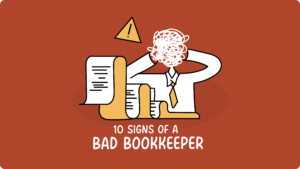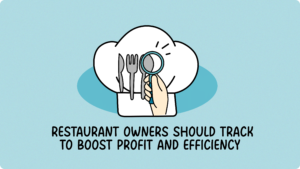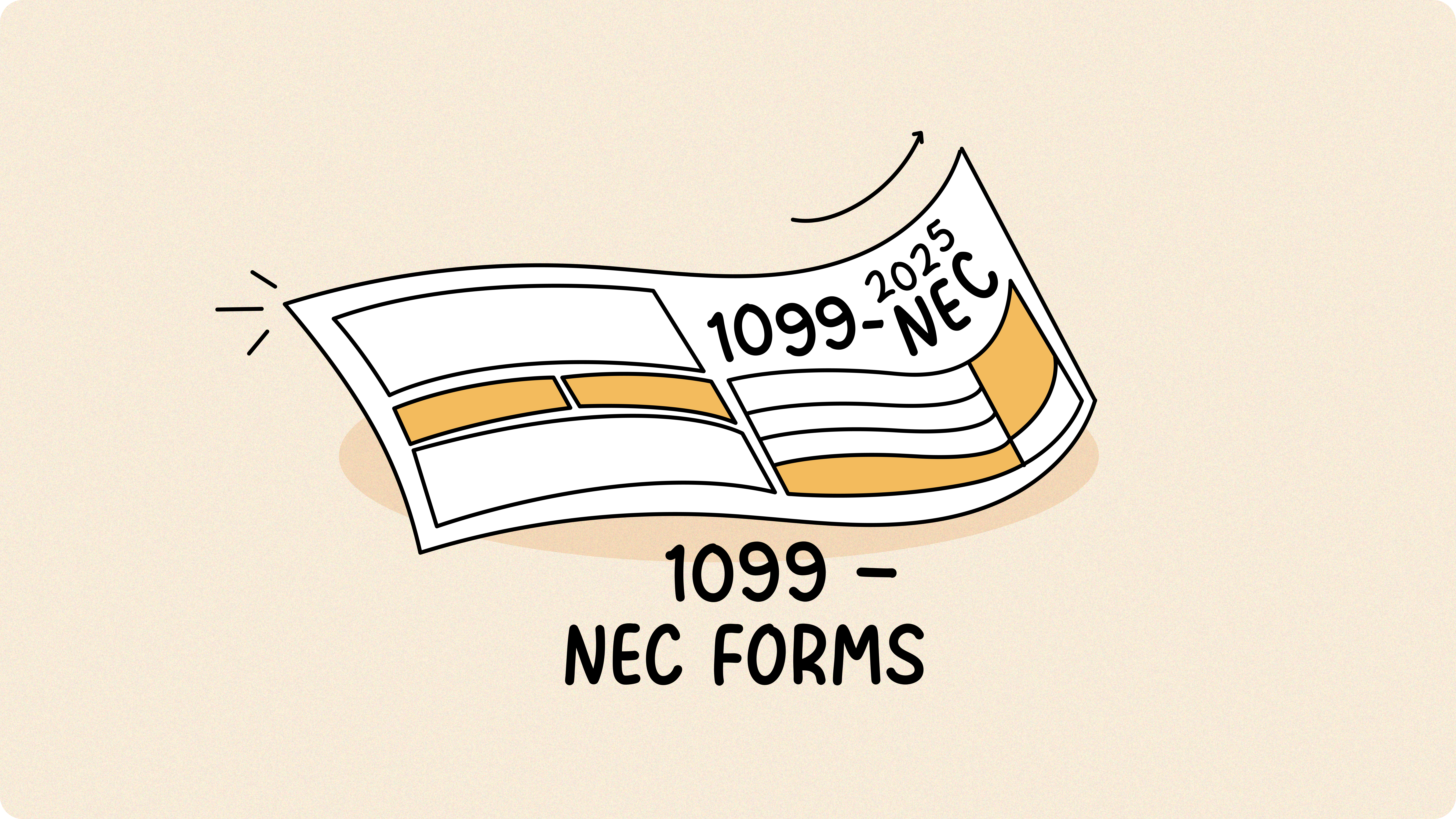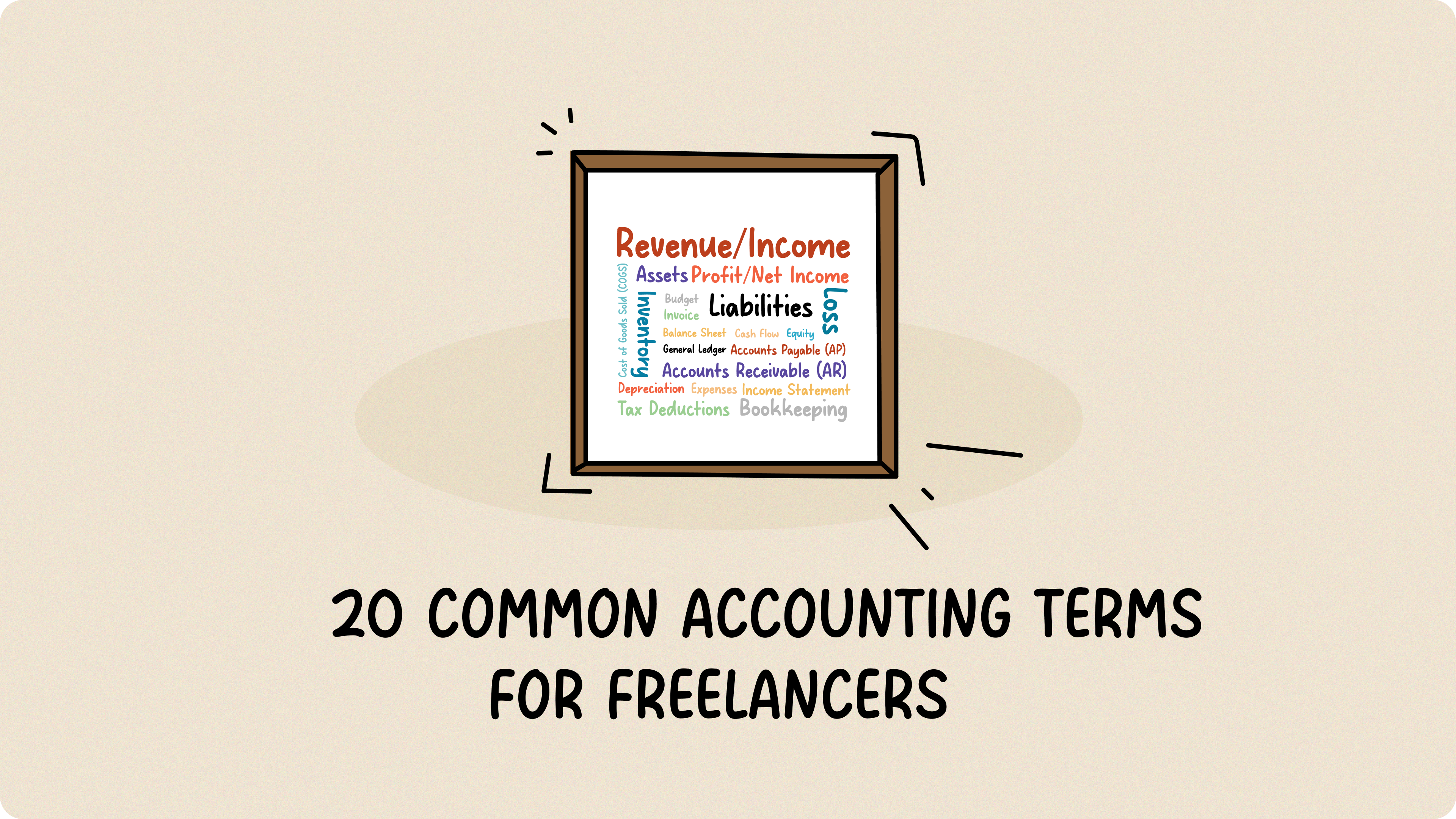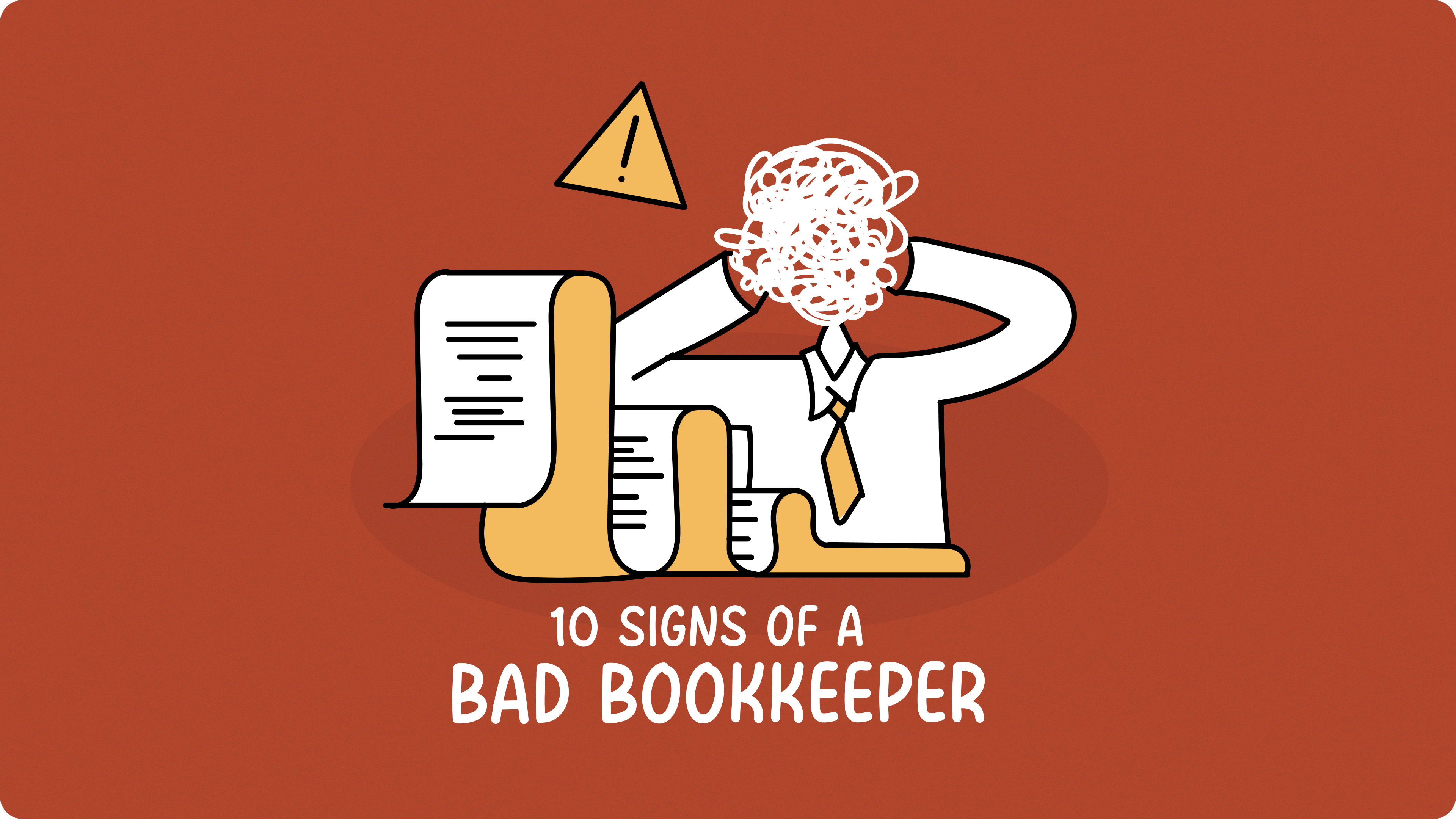Reporting payments to independent contractors? This guide explains everything you need to know about the 1099-NEC form, from who needs it to how to file it correctly.
What is a 1099-NEC Form?
The 1099-NEC (Nonemployee Compensation) form is used to report payments made to independent contractors, freelancers, and other non-employees for services rendered. It’s how the IRS tracks payments to self-employed individuals and ensures they’re reporting their income correctly. This is different from a W-2, which is used for reporting wages paid to employees.
Who Needs to Issue a 1099-NEC?
Businesses of all sizes are required to issue a 1099-NEC if you meet all of these conditions:
- You made payments to someone who is not an employee.
- The payments were for services performed in the course of your business or trade.
- The payments were made to an individual, partnership, estate, or in some cases, an LLC.
- You paid the individual or entity $600 or more during the tax year.
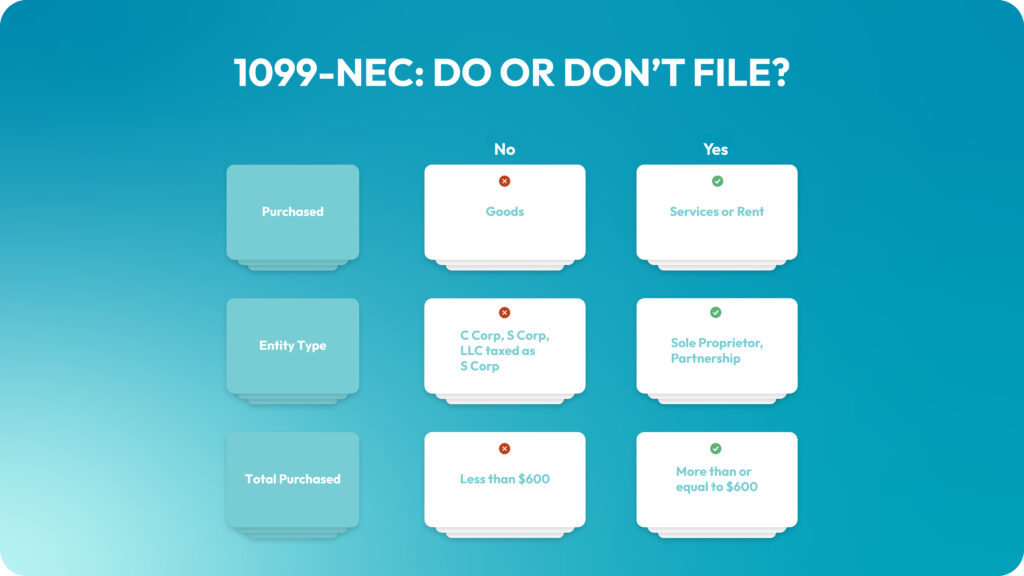
Who Doesn’t Get a 1099-NEC?
There are some key exceptions:
- Corporations (C-Corps and S-Corps): You generally do not need to issue a 1099-NEC to a corporation, whether it’s a C-Corp or an S-Corp. This is a common point of confusion, so it’s worth emphasizing. However, there is an exception for payments to attorneys, even if they are incorporated.
- Foreign Individuals/Entities: Payments to non-US persons are usually reported using different forms (W-8BEN for individuals and W-8BEN-E for entities).
- Payments via Credit Card or Third-Party Payment Processors: If you paid contractors through credit card, debit card, or third-party payment networks like PayPal or Stripe, these transactions are reported by the payment processor on Form 1099-K, so you don’t need to issue a 1099-NEC.
The Importance of Form W-9
Before you even start working with a contractor, have them fill out a Form W-9 (Request for Taxpayer Identification Number and Certification). This form collects essential information you’ll need for the 1099-NEC, including:
- Name
- Address
- Taxpayer Identification Number (TIN), which could be a Social Security Number (SSN) or Employer Identification Number (EIN)
Getting the W-9 upfront saves you a lot of time and hassle later on. If a contractor is operating as an LLC, the W-9 will tell you how the LLC is taxed (as a sole proprietorship, partnership, C-Corp, or S-Corp), which helps you determine whether a 1099-NEC is required.
Filing Deadlines and Penalties
The deadline to file 1099-NEC forms with the IRS and provide copies to recipients is January 31st. Missing this deadline can result in penalties, which can range from $60 to $330 per form, depending on how late it is. Intentional disregard of the filing requirements can lead to even higher penalties.
Key Takeaways and Best Practices
- Get W-9s early: This is the single most important step to simplify the 1099-NEC process.
- Track payments diligently: Keep accurate records of all payments to independent contractors throughout the year.
- Verify information: Double-check the information on the 1099-NEC before filing it with the IRS.
- When in doubt, issue a 1099-NEC. The penalty for not sending one when required is significantly higher than the minor inconvenience of sending one unnecessarily.
- Consider professional help: If you’re unsure about any aspect of 1099-NEC filing, consult with a tax professional.
By understanding the rules and following these best practices, you can navigate the 1099-NEC process with confidence and avoid potential penalties.


